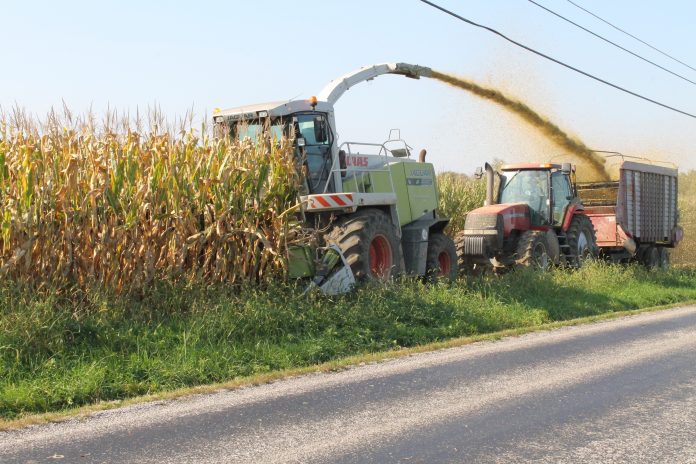Hello again,
We will soon be into corn silage season in the area, and that got me wondering about when and how the ensiling process was developed. It actually started long, long ago!
To begin, the word silage derives from the Greek word “siros”, meaning a pit or hole sunk in the ground for storing corn. Actually, preservation by fermentation and utilization of microorganisms has been known since the beginning of civilization: pickles and wine both rely on microorganism activity.
The first evidence of ensiling forage comes from archaeological evidence in ancient Egypt, in a mural from the second millennium BC. In the book of the prophet Isaiah (700 BC), it is also mentioned that silage was fed to animals. The Roman historian Cato (100 BC) mentioned a German tribe — the Teutons — that used to preserve green forage in a pit, covered with dung.
Using the same technique as the process for making sauerkraut, green fodder was preserved for animals in parts of Germany since the start of the 19th century. This gained the attention of a French agriculturist, Auguste Goffart, who published a book in 1877 that described the experiences of preserving green crops in silos. He advised to “preserve corn in a barn in such a way as to exclude the air that causes deterioration.” Goffart’s experience attracted considerable attention.
The conditions of dairy farming in the USA suited the ensiling of green corn fodder and was soon adopted by New England farmers. Francis Morris of Maryland prepared the first silage produced in America in 1876. The favorable results obtained in the U.S. led to the introduction of the system in the United Kingdom, where Thomas Kirby first introduced the process for British dairy herds.
Early silos were made of stone or concrete either above or below ground. In the U.S., structures were typically constructed of wooden cylinders to 35 or 40 feet in depth. In the early days of mechanized agriculture, stalks were cut and collected manually using a knife and horse-drawn wagon, and fed into a stationary machine called a “silo filler” that chopped the stalks and blew them up a narrow tube to the top of a tower silo.
We’ve certainly come a long way in the silage making process since then!
By the way, corn silage is eligible for FSA’s nine-month recourse loans. And the silo it is stored in would be eligible for FSA’s farm storage facility loans! I will explain the details of these loans in the next couple week’s editions of FSA Andy.
That’s all for now,
FSA Andy













